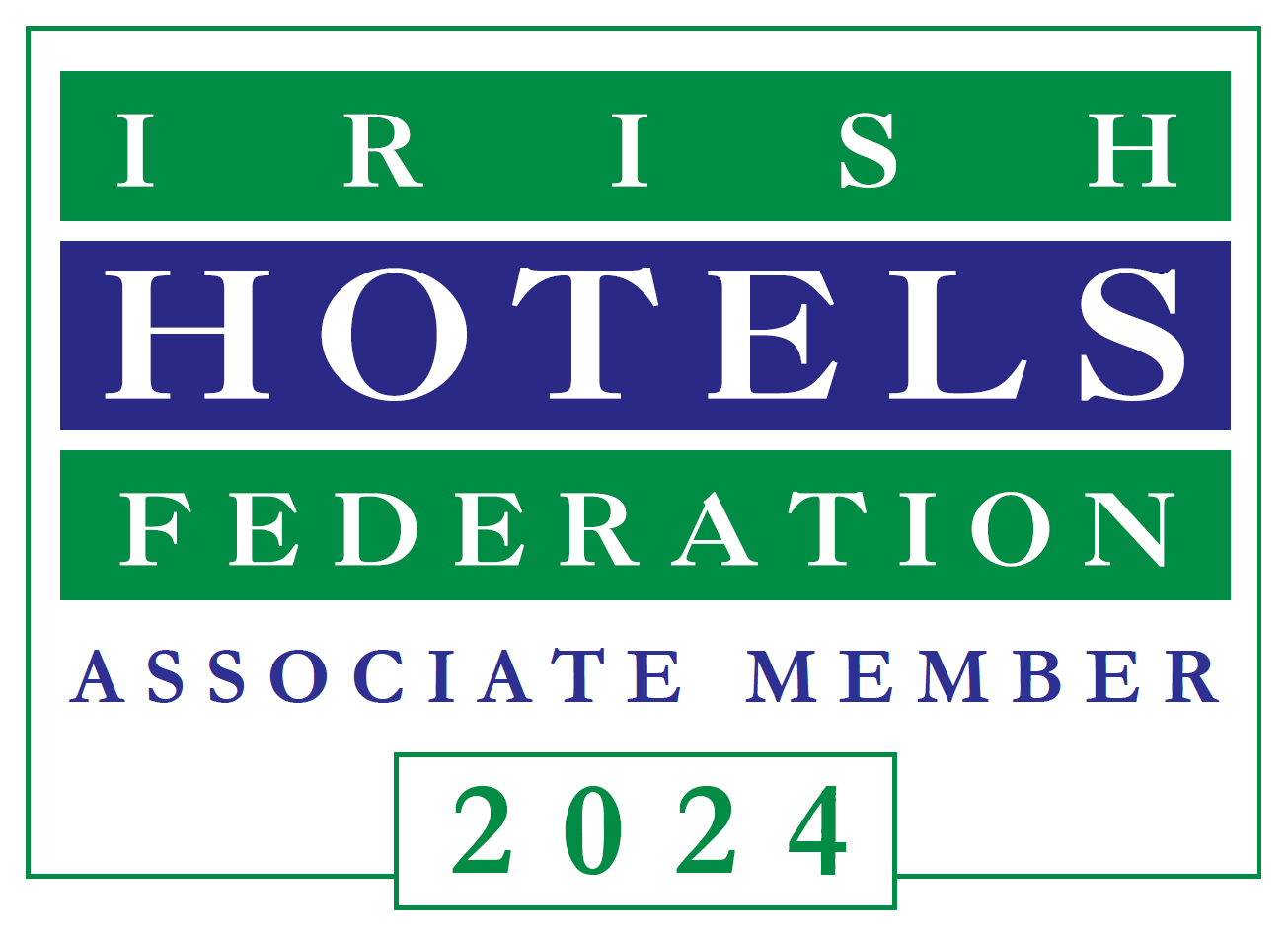Remove, Reduce, Reallocate Menial Administration tasks
Have you ever wondered what the Front Desk team are doing when they are clicking away on their computer screens every time you pass Reception?

Very often they are allocating rooms to todays arrivals, checking the status of check-out rooms, answering e-mails, or running system back-ups which are all productive, necessary tasks.
However, in a lot of cases the work they are doing is manual, menial and completely un-necessary administration tasks which add no value to the guest or the business. In some cases, the same list of tasks is completed by every person on every shift!
Of course, it’s not the fault of the Team-Member as this is how they have been trained; they have been given a checklist of tasks by their Supervisor that tells them what tasks need to be done by the close of shift each day.
It’s not the fault of the Supervisor either as very often this is the same list that they were given on their first day and that is how they have always done it!
Perhaps the list of tasks has grown over time, but it rarely gets shorter, why is that?
If there is a culture of a “continuous improvement” in the business, then someone completing those tasks or someone in charge of people completing those tasks would ask; is it necessary to complete everything on this list?
Once this question has been asked, curiosity takes over, team-members start to ask why?
- Why am I running this report?
- Why does it take 15 minutes of the day to gather the information and print the report?
- Why does my Supervisor need to sign a hard copy of the report?
- Why does the Finance Manager need it?
- Why can’t the report be run in pdf format and stored electronically?
The Manager of the department would also start to ask:
- How long is it taking my team to run this report, check it, sign it, file it?
- What value does it add to the customer or the business?
- Is there another way that the same information can be gathered if needed without my team doing it?
- What would happen if we stop running the report?
- What else could we do with that 15 mins per team-member per day? Could we use the time to add value to the customer Journey, conduct team member training?
Once the curiosity of the team has been stirred then the continuous improvement process begins. Very quickly several steps are put into place:
- A Full list of all of the administration tasks completed by the Front desk team are created.
- Data is collected to calculate the frequency of the activity and the amount of time each activity takes to complete.
- Each item is then interrogated using the 5 why’s method to get to the bottom line of why the activity is completed.
- Each stakeholder assumed to be a dependency in the process is asked if they really need this information or if there is another way it can be accessed.
- The full list of all of the administration tasks are then sorted into 3 buckets;
- Remove: These are tasks that are not required by any stakeholder and can be removed immediately.
- Reduce: These are tasks that are still required but perhaps there is an opportunity to streamline the process (use Process Mapping), reduce the frequency or automate the process.
- Re-Allocate: These tasks are also required but perhaps they don’t need to be completed by the Guest facing Reception team, there may be an opportunity to re-allocate them to another department or to a different shift (e.g. Switchboard, Nightshift etc…)
This is a great way to reduce “non-value adding” time for your staff and increase the important “Value Adding” time to your guests. I have seen Administration time at the front desk reduce by over 60% using this method.
Now your team have a lot more time to do what they do best and come out from behind the reception desks and engage with your customers.





